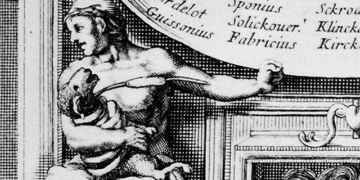The Tartessos tribes in southern Spain mysteriously set fire to their own temples and vanished about 2,500 years ago.
Archaeologists have for the first time unearthed human sculptures from the Tartessos civilization, a lost culture that thrived in southern Spain approximately 3,000 years ago and is linked to the legend of Atlantis. According to researchers, these sculptures may depict the gods and warriors of the Tartessos.
The discovery of five human face reliefs at the ancient Casas del Turunũelo site of the Tartessos has revealed surprising details about a Bronze Age society that mysteriously disappeared around 2,500 years ago. While these tribes created numerous beautiful artifacts, these reliefs are the first human sculptures excavated from this site.
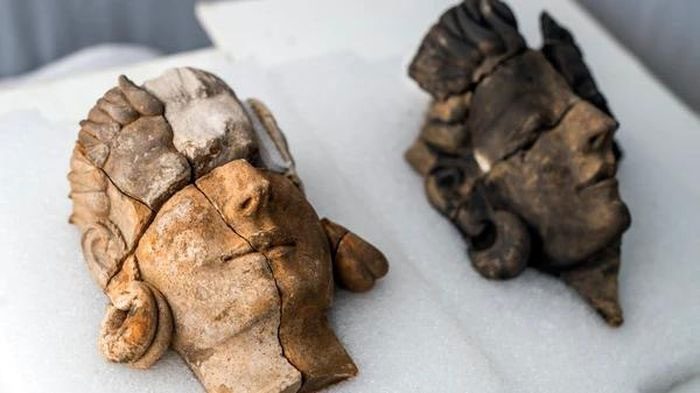
These sculptures may depict the gods and warriors of the Tartessos – (Photo: Samuel Sanchez)
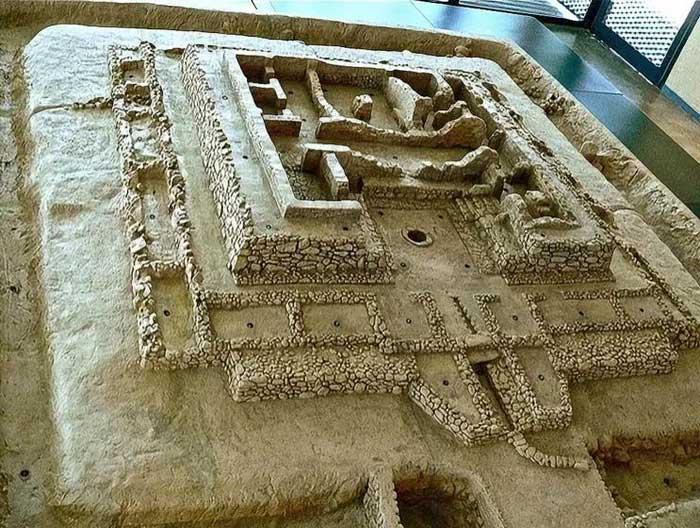
Model of an ancient religious structure of the Tartessos built in the late seventh century BC.
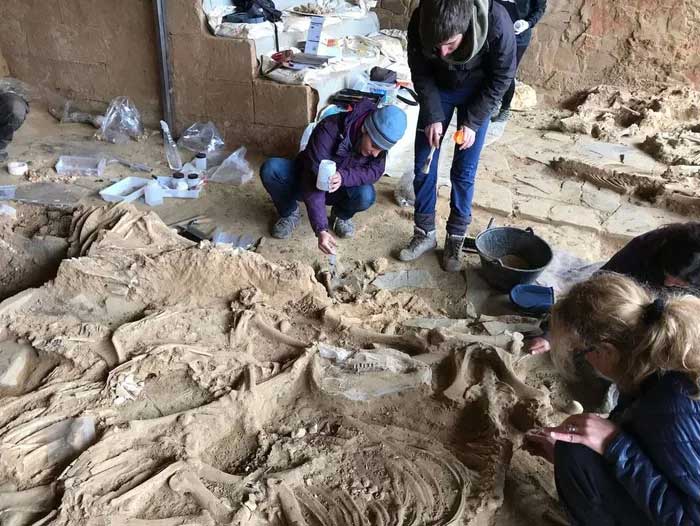
Spanish archaeologists discovered the bones of over 50 animals believed to be sacrifices at the ancient religious site of the Tartessos.
Erika López, a spokesperson for the Spanish National Research Council (CSIC), stated: “What is unusual about this new finding is that the reliefs correspond to human faces.”
Erika López noted: “This extraordinary discovery represents a profound shift in the interpretation of the Tartessos, traditionally seen as a culture that symbolically depicted divinity through animal or plant motifs, or through betilos (sacred stones).”
The human faces, dating from the 5th century BC, at the late stage of this centuries-long civilization, have captivated both ancient and modern scholars. According to a team led by Esther Rodríguez González and Sebastián Celestino Pérez from the Archaeological Institute of the Spanish National Research Council, two of the best-preserved reliefs appear to depict women who may have been goddesses in the Tartessos’ divine temple.
Researchers noted that the figure in the third relief, adorned with a helmet, may be a Tartessos warrior. The other pair of reliefs, while less well-preserved, may depict gods watching over the warrior and are part of a larger sculptural scene.
The human reliefs were found in an ancient brick temple filled with the bones of animals that had been killed, consumed, and buried in a pit during a mass sacrifice. For reasons unknown, the site was later intentionally sealed and burned to ashes in a Tartessos ritual, as similar sites like Cancho Roano and La Mata of the Tartessos were also burned in a similar manner.
The artifacts buried in the ruins of these temples provide a glimpse into a lost culture known for its unique writing system and exquisite metal artworks. The Tartessos were likely descendants of both Paleo-Hispanic and Phoenician groups in the western Mediterranean and became renowned for their intricate artifacts crafted from gold, silver, copper, tin, and other metals sourced from the region.
Although the Tartessos thrived in southern Iberia for many centuries, this rich culture seemingly vanished from the planet shortly after the burning of Casas del Turunũelo. Some experts speculate that the collapse of mining and metallurgy dealt a devastating economic blow to Tartessos.
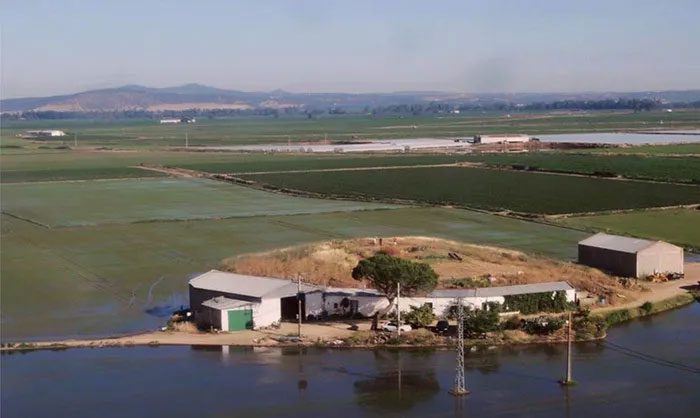
The area where the remains of the Tartessos tribes were discovered in southern Spain.
Other scholars argue that earthquakes and tsunamis caused widespread flooding and damaged Tartessos settlements, preventing the civilization from ever recovering. This hypothesis explains why some researchers suggest that Tartessos may be the origin of the Atlantis legend, although others in the academic community have dismissed these claims as “illusions” and “utterly ridiculous.”
Casas del Turunũelo was discovered very recently, in 2015. Archaeologists have only just begun the excavation of this intriguing site. The Spanish National Research Council hopes that future excavations of the ancient temple will reveal new insights into the Tartessos peoples, their culture, and their mysterious disappearance.
“These findings further underscore both the significance of the site and the importance of the Tartessos culture in the Guadiana Valley during its final moments”, Erika López stated in a press release.





















































